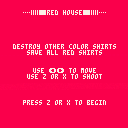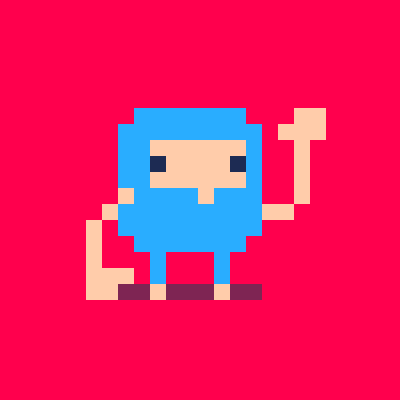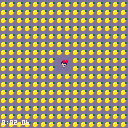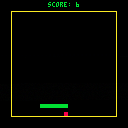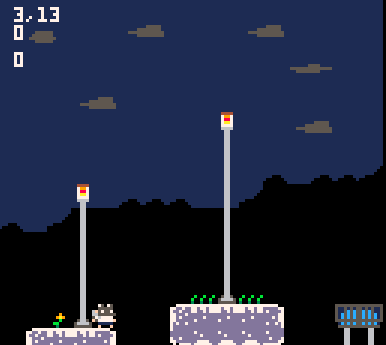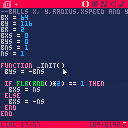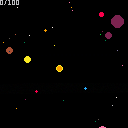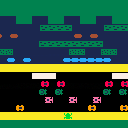Hi everyone!
I'm new to the Pico-8 community and just downloaded it with the intention to explore some games but to mainly create some myself. I have a good amount of coding experience, although not much experience in the area of art/visual game design (but my intention is to improve in that area).
I'm open to any and all suggestions and/or tips for designing games for Pico-8 and games in general. Really anything can help, even things that may seem obvious to most Pico-8 game-designer "beginners."
Looking forward to hopefully having a game playable sometime in the future!
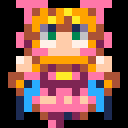
This is the second game my 3-years-old son and I did together.
It started as something simple. A car which moves around. A police car? No, a regular car.
Then we added coins. And made the car pick them! Interactivity! Randomness!
Then we needed a monster. So of course Covid-19 makes an appearance as the bad guy. You "kill it" with the car (which conveniently uses the same code as the coins).
Although to more experienced players the game might feel like it needs some kind of "success screen", my son doesn't seem to miss it at all.
It was also the first time we used the sound editor. Bruno is way too impatient, and I am too inexperienced, to create a whole song for a game just yet.
Fun facts:
- There's exactly 10 instances of the virus because that's the biggest number Bruno is able to count up to so far (reliably).
- There's exactly 51 coins because "51" is the number Bruno uses when he wants "a very big number".
Controls: arrows to move.
|
|
[0x0] |
I'm working on a new game and trying some nice advance platform techniques, currently it has support for.
- Coyote jumping or forgiving jump button.
- Halved gravity jump
- Corner Correction on top collisions.
- Swept collision detection
- Getting on top of moving platforms that move vertically
I don't think the codes is good enough to make it work on any game but maybe it helps someone :) would also love some feedback if someone has any.

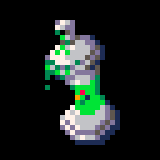


Finally got my RPI working and somehow it looks okay on my CRT TV. I decided to get the Game Development with Pico-8 by Dylan Bennet printed like a magazine so I can mimic the way programmers and hobbyists were able to program like they were doing BASIC code from a Magazine. It turned out pretty good. Can't wait to work on my 2nd game in a retro style kind of way haha
All I need now is to find someone who can help me install a RPI into a commodore 64 keyboard.. or a keyboard in general
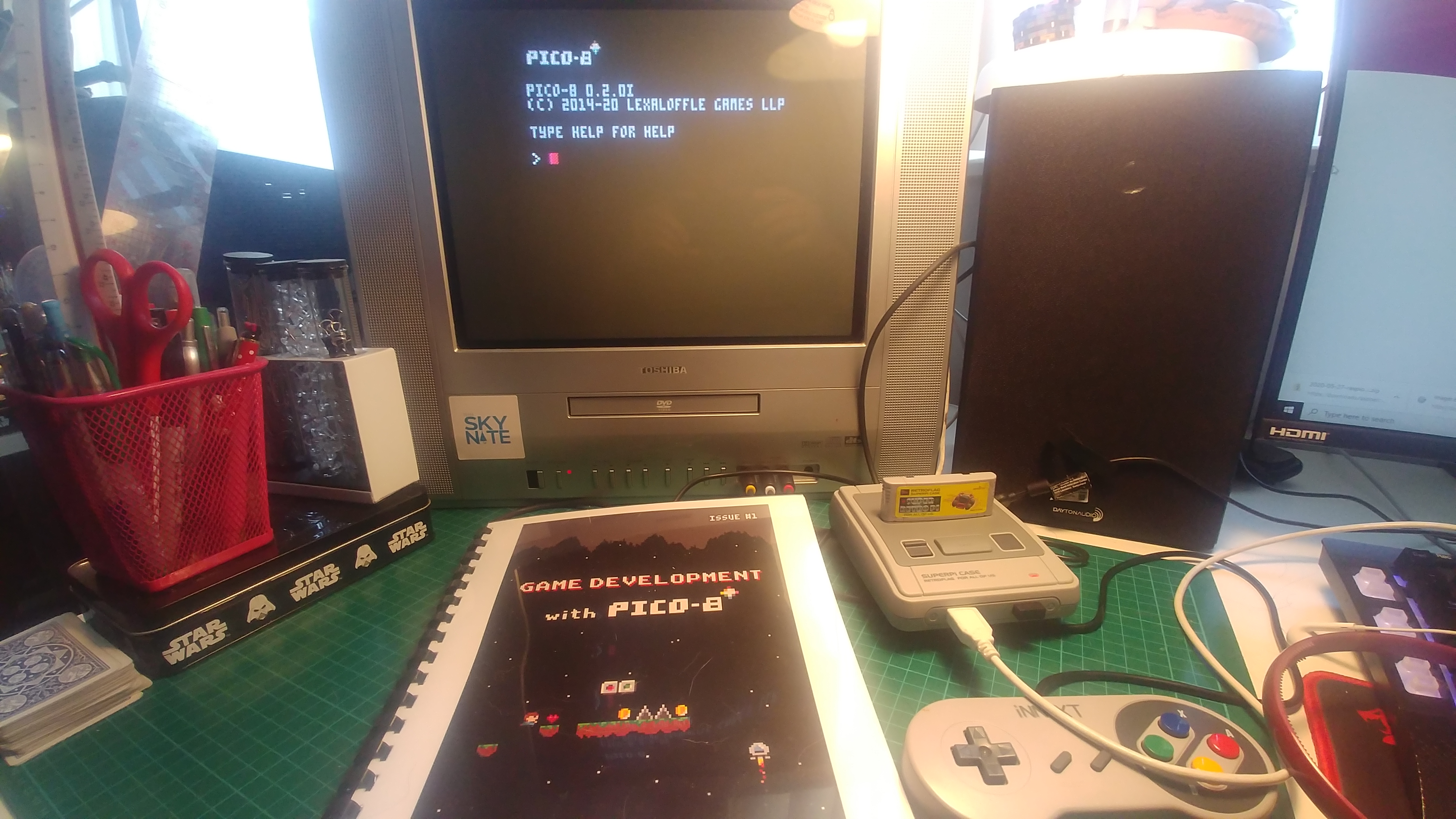
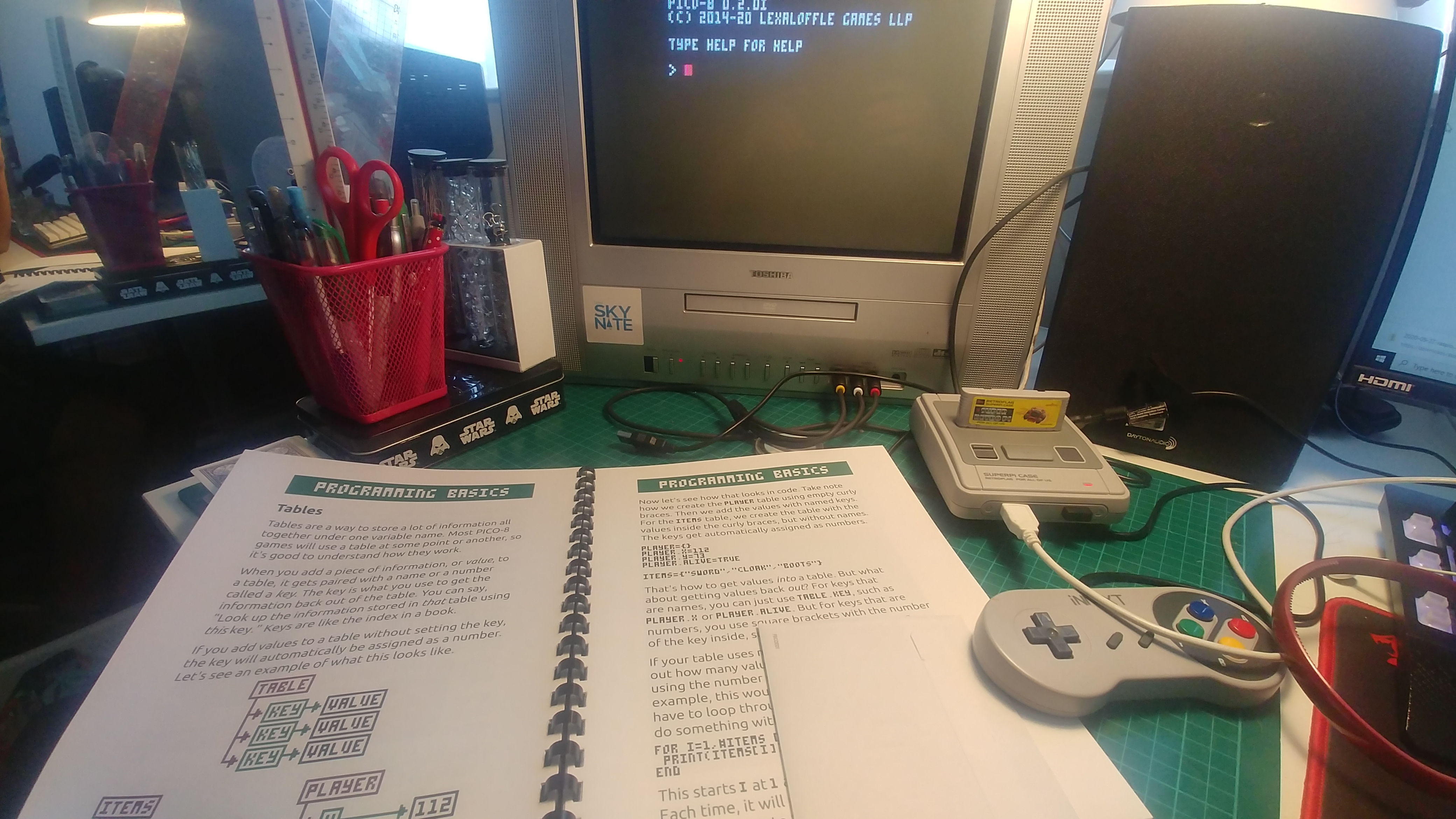



The New and Improved Pico-8 API Documentation!
Alternatively, here's the link in text form: https://iiviigames.github.io/pico8-api
Why is it new?
I've been making a version of my own for some time now, just as I have updated the Sublime Text syntax for Pico-8. Since it's been 9 months since the original maintainer has updated it, I thought it was time to share my version. This work is based on the forked original API made by Neko250.
- Clear version number and more intuitively located information
- New and more specific tabs for content
- Reformatted & rearranged the existing data
- Heavily modified aesthetics, now more like PICO-8 itself
- Many (not all) new functions have been added
- Clear and concise annotations in code blocks
- Pico-8 built-ins highlight,just like they would in the IDE


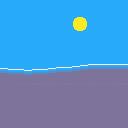
Was watching a preview of Panic's SDK for their awesome looking https://play.date and they showed off this fun looking Stars example. I decided to re-implement it in Pico-8 and add some interactivity!
- [D-Pad]: influence the direction of the particles
- [X]: Hold down to slow down the particles
- [O]: Randomly change the colors of the foreground and background

Made a quick and buggy (hah) Frogger.
I wanted to try an hypothesis: I don't think that in the Atari version they do any collision detection at all. Instead, they may use a formula to check whether current position is occupied by an item or not.
Formula in function positem() returns an x position depending on a direction, speed and offset, and is used to draw items and also for checking if there is something on frogger's position (checkrow())





 1 comment
1 comment

.gif)
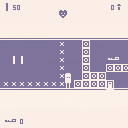

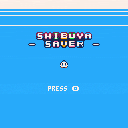
.png)
